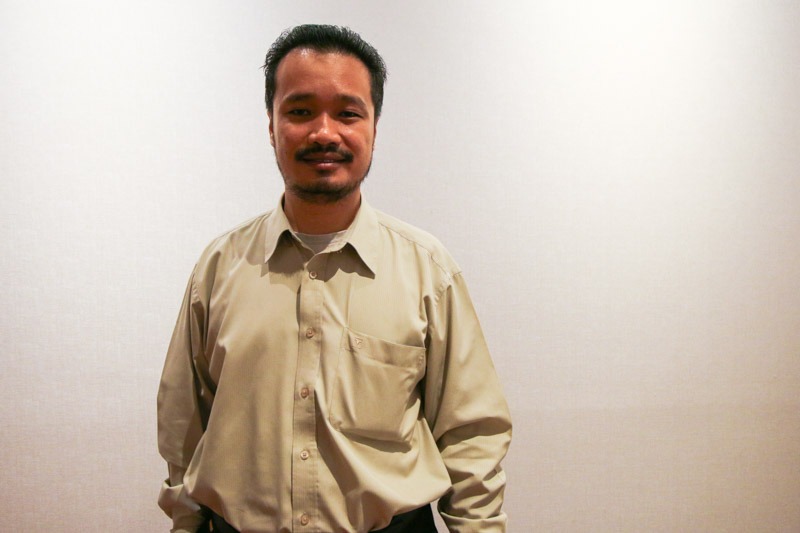
Maz Mirza Bin Mohd Aminurashid, Head of IT at Mass Rapid Transit Corporation talks to OpenGov about defending the MRT system against cyber threats. Today’s industrial control systems are increasingly connected, which makes them more efficient but also more vulnerable to attacks. New ways of thinking are required to deal with the emerging threats.
Can you tell us about the plans for the MRT?
Right now, in Kuala Lumpur we have three modes of intra-city have LRT (Light Rail Transit), Monorail and KTM Komuter. Now we are going to launch the MRT. There are 3 planned lines in the overall plan, under the government’s economic transformation program.
The first phase of Line 1, from Sungai Buloh to Semantan will commence operations from December this year. We have just started construction on the second line this year. It is scheduled for full completion in 2022.
Rapid Rail, subsidiary of Prasarana Malaysia Berhad will be the operator. Prasarana is the asset owner and operator of the country’s two LRT networks and the KL Monorail, along with the bus services of RapidKL, RapidPenang and RapidKuantan.
The design was done by external consultants. The company, Mass Rapid Transit Corporation Sdn Bhd (MRT Corp) was incorporated in September 2011. It is fully owned by the Minister of Finance Incorporated and was set up to be the developer and asset owner of the Mass Rapid Transit projects.
What is your role in the company?
Our basic function is to handle all corporate IT systems for MRT Corp.
I am also assisting the operations division on the IT aspects, the ones who will be coordinating the handover and working with Prasarana. I am also working with Line 2 project team providing them the IT advisory where required.
What are the primary challenges in terms of IT?
Train systems are linked to the signalling system, building management system, fare collection systems and many others, basically to what we call the industrial control systems. And we have to make sure that they comply with the best practices and safety standards.
These systems are isolated in certain ways. Their architecture is different. These systems were not designed to be resilient to the new modes of attack. Sometimes, they were not designed with security in mind. There is a whole new range of threats, from Advanced Persistent Threats and cyberweapons like Stuxnet which can compromise modern SCADA (Supervisory control and data acquisition) systems. These tools could also be used by those who wants to sabotage the train services.
With these industrial control systems, we have to plug the gaps and eliminate vulnerabilities.
We are planning to engage consultants to strengthen cybersecurity. The D-day is 15th December and the trains have to start running on that date. Because of the all new threats we are looking at such as APTs, we will be looking at how to establish a framework.
We look at recommended standards for structuring our frameworks, such as the NIST standards from the US. But we do not implement it word by word. Once we have the framework, we tailor it our environment, we do our assessments and the gap analysis. We find out where we are now and where we want to be. From there, we can plan our cybersecurity investments, initiatives and resources required.
The other challenge in our industry is occupational safety in general, not just in cybersecurity. For the past five years, we have been primarily a construction project management company. We have to inculcate a safety mindset, a culture which prioritises safety, not just in our personnel but also in the contractors and sub-contractors. We have certain safety KPIs (Key Performance Indicators) in our contracts for Line 2. They will be liable to financial penalties if they violate those terms or fail to meet the safety KPIs.
From an IT perspective, we can assist them. We have a mobile app enabling people to quickly report hazards or safety incidents. It helps the people in the field to do real-time, on-site reports. They can capture the photo, use easy dropdowns to select the category of incident, estimate of how many people were injured. They can quickly put up a short report and escalate it.
What is the role of people in enhancing security?
Security measures might be seen as cumbersome but they are essential.
It is always about the people. They are the weakest link. You can have the best processes. You can have the most wonderful, most expensive technology. But things might fall apart if the people are not trained and aware.
















